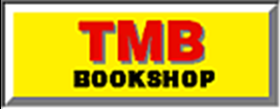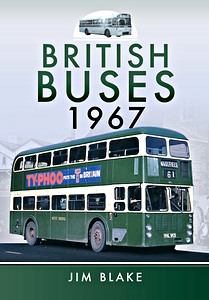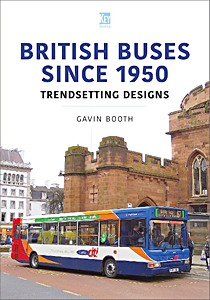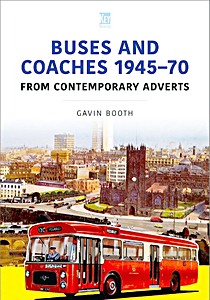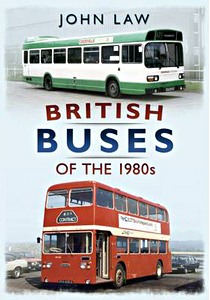British Buses 1945-1975
The later 1940s and the 1950s saw a fascinating variety of different bus types reaching the British market.
In this book the 27 manufacturers - large and small - are dealt with in A-Z order: AEC, Albion, Atkinson, Austin, Bedford, Bristol, Commer, Crossley, Daimler, Dennis, Dodge, Foden, Ford, Guy, Jensen, Karrier, Leyland, Maudslay, Morris-Commercial, Rowe, Rutland, Seddon, Sentinel, Thornycroft, Tilling-Stevens, Trojan, Vulcan.
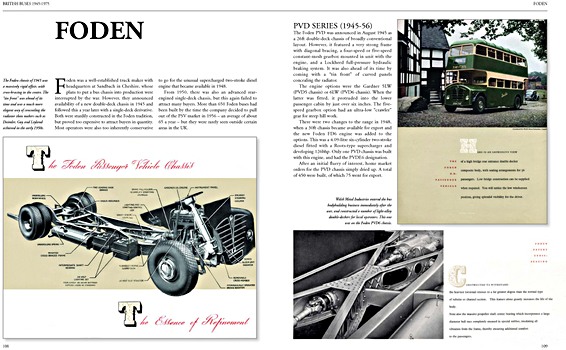
The author gives a brief history of each and then provides individual coverage of the models produced, using original material from brochures and advertisements for the illustrations, not only to identify the vehicles but also to give the flavour of the times when they were to be seen going about their business. This is not only a reliable and comprehensive reference book but also via its illustrations a pleasing evocation of earlier times on Britain's roads and streets.
Caractéristiques
| Auteur : | James Taylor |
|---|---|
| Présentation : | 192 pages, 28 x 22 x 2.3 cm, relié |
| Illustration : | 400 illustrations et couleurs |
| Editeur : | Herridge & Sons Ltd (GB, 2011) |
| ISBN : | 9781906133382 |

British Buses 1945-1975
Langue : anglais
Disponible sur Amazon - paiement sécurisé et livraison rapide
Acheter sur Amazon FRAcheter sur Amazon BE
Acheter sur Amazon CA
